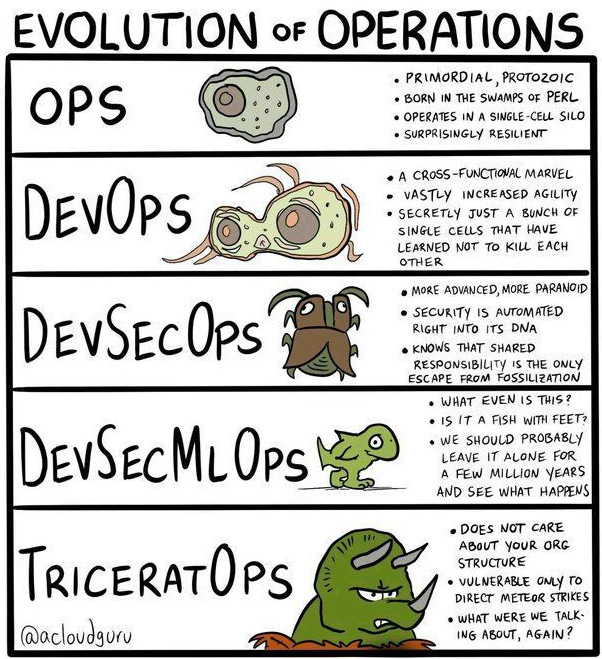Just Ship It [002/x]
Started 08/28/25, now here.
Previous post in the series. Next post in the series. The updates will be in the format of:
The Gist - A subjective soapbox rant.
Highlights - Objective recent events.
Priorities - What stays and what goes.
Process - System and process changes.
Notes - Occasional reflections.
Let’s get into it!
The Gist
Maintaining my own code for 15+ years has taught me that deciding how prescriptive to be about tech stack and code contracts is an unforgiving decision theory problem. My friend Cassie Kozyrkov is a pioneer in the field, and her work is worth following.
Throw in upgrades, infra, cost, durability, uptime, and SLAs into the mix, and you’ve got a high leverage set of choices. The goal is to be minimally prescriptive and solve the problem in front of you without locking into assumptions that may backfire later.
Do this well and you’ll move significantly faster while taking on less tech debt.
Highlights
Finding initial customers went eerily well; I’m at 3, totaling just under $10k MRR.
The wedge theory was overkill: people want hands-off PostHog and Langfuse.
Unexpected upside: minimizing cloud costs is a universally shared value-add.
People want to sign up for an endpoint their engineers can immediately use.
Priorities
Testing pipeline for minimally prescriptive AKS, EKS, and GKE by 09/06.
Langfuse setup across three clouds with API + integration tests by 09/10.
Ingress for AWS, GCP, Azure, and Cloudflare to make it usable by 09/13.
Process
Non-tech vendors added: ZenBusiness, Chase, Stripe, Rippling, and Carta.
IT vendors added: Google Workspace, 1-Password, Slack, Linear, and Notion.
I’m relentless about keeping the vendor count low. I’ll share a separate post on what we choose, how we integrate it, and which system becomes the source of truth for each operational domain - a decision you absolutely need to get right the first time.
Notes
Per my last post, this is a “starting my own (again) and will build it in public” deal. That means everything is from scratch. Last time, I made the unfortunate mistake of using Microsoft / AD for SSO federation. We’re going with Google Workspace this time.


